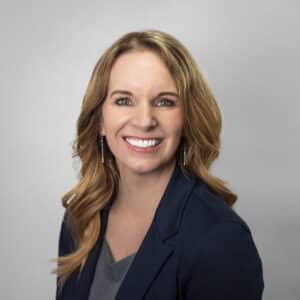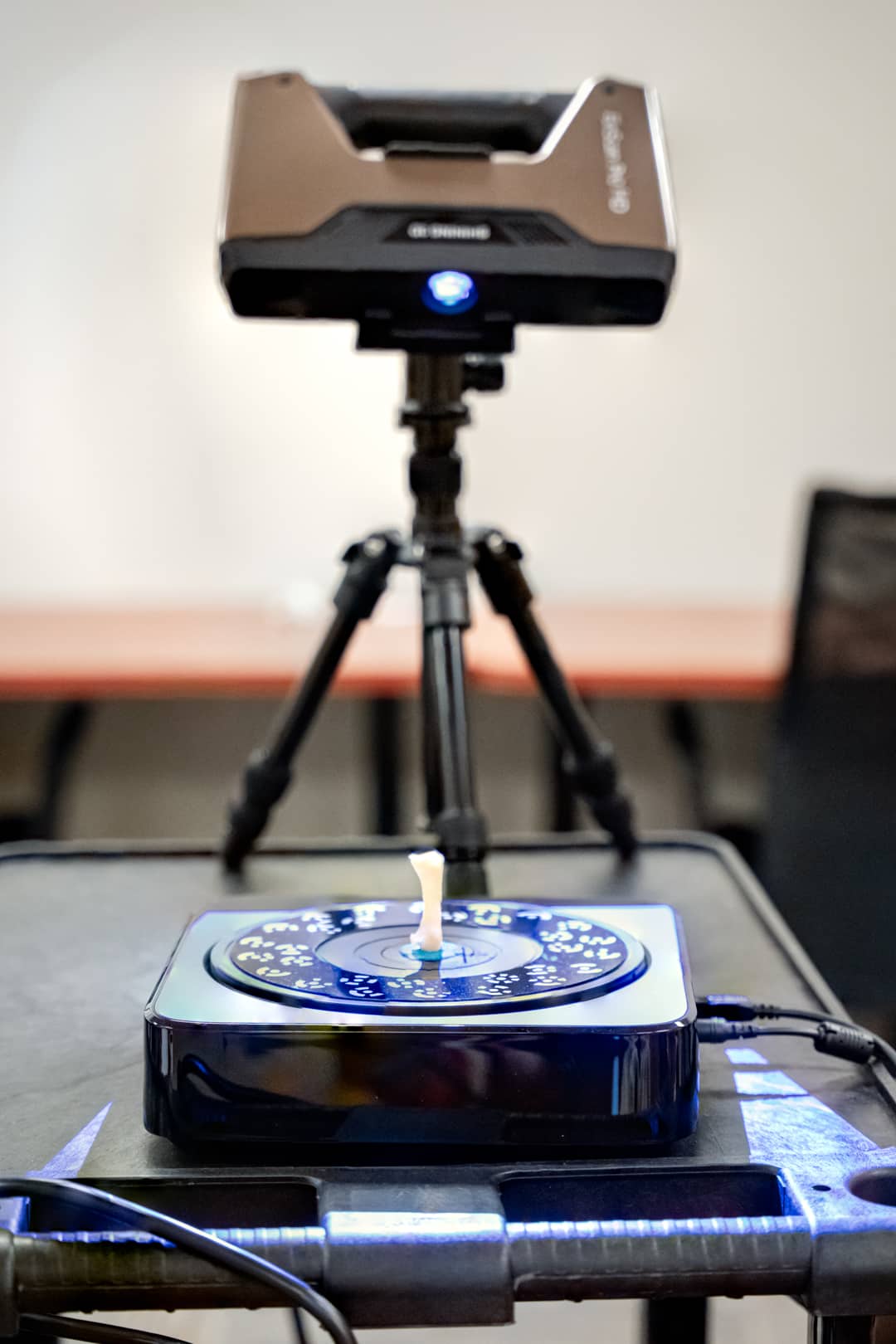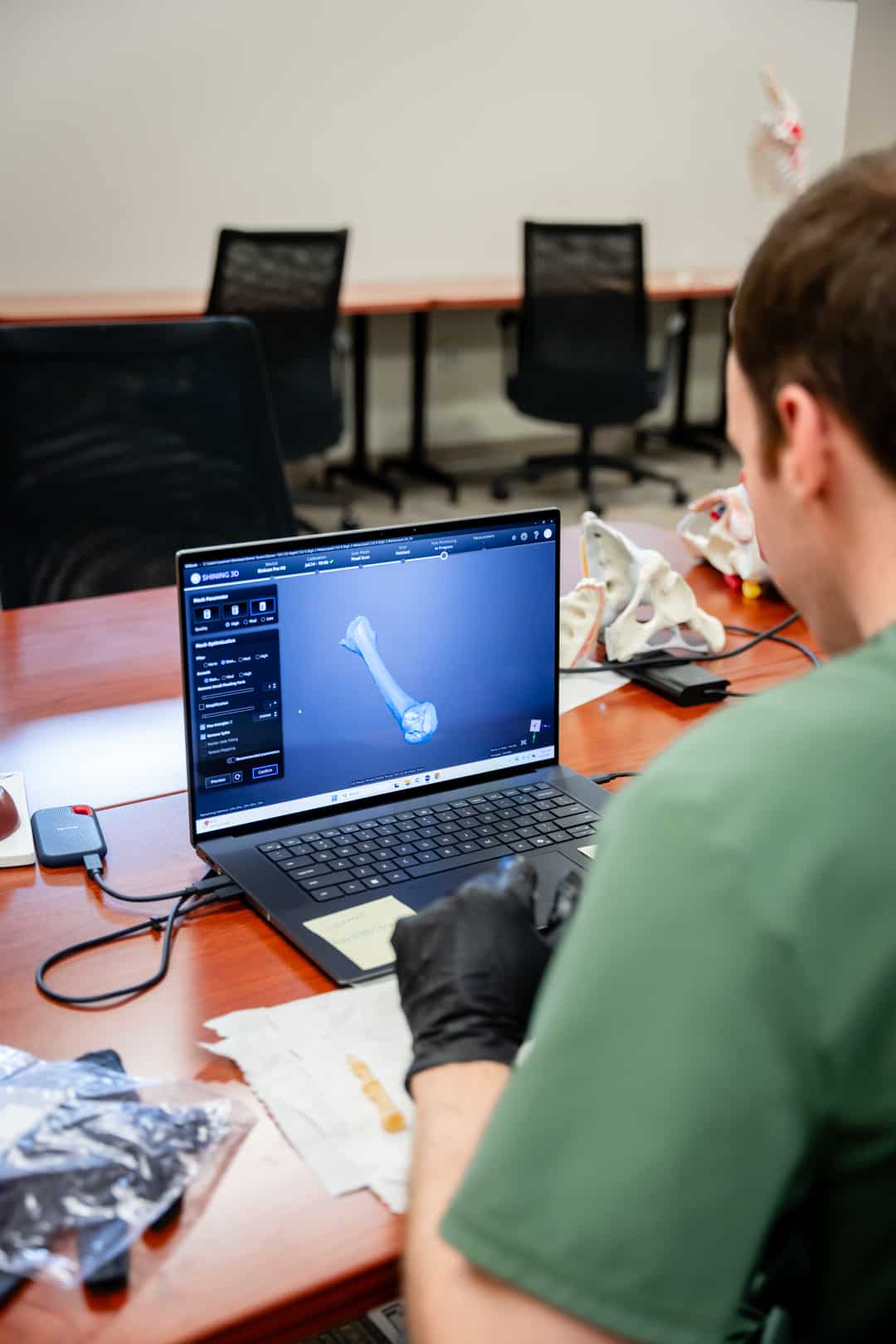FORT SMITH, AR — Researchers at Arkansas College of Osteopathic Medicine (ARCOM) are uncovering how a lifetime of movement leaves lasting marks on our skeletons. These insights could transform how we understand both modern and ancient human activity.
Leading this innovative study is Lucyna Bowland, PhD, Joanne Peterson, PhD, and Caitlin Yoakum, PhD, faculty at ARCOM. In addition, a team of first- and second-year Doctor of Osteopathic Medicine (DO) students are investigating entheses, the sites where muscles attach to bone. “Because soft tissue doesn’t preserve over time,” Bowland explained, “scientists rely on these sites to reconstruct physical activity. These clues can even reveal traits like handedness in long-deceased populations.”
To explore these patterns, the team uses advanced 3D scanning technology to create precise digital models of hand muscles and their attachment points, especially those tied to thumb movement. Their goal is to answer a key question: Do larger or more prominent bone markings really reflect how often or how intensely a muscle was used?
What makes this project especially meaningful is how closely it blends research and education. Students take part in dissections, data collection, and digital modeling, gaining hands-on experience that deepens their understanding of anatomy while contributing to real scientific discoveries.
“This project deepened my understanding of anatomy by using 3D scanning to study how movement shapes our bones. Collaborating with faculty strengthened my connection to the Arkansas Colleges of Health Education (ACHE) research community and built skills for my medical career. Our work shows how precise digital models can enhance education, preservation, and the study of human history,” said ARCOM Student Doctor Joseph Howard.
“This project exemplifies the ACHE mission,” said Bowland. “Our students are not just learning anatomy, they are contributing to scientific discoveries that connect human movement today with stories written in the bones of the past.”
The findings from this work could refine how clinicians assess skeletal injuries and help archaeologists more accurately interpret remains, offering a clearer view of lives lived centuries ago.
Studies like this are just one example of how ACHE researchers are pushing the boundaries of science to better understand the human body. Through technology and innovation, faculty and students are making discoveries that will impact both health education and human history for generations to come.



